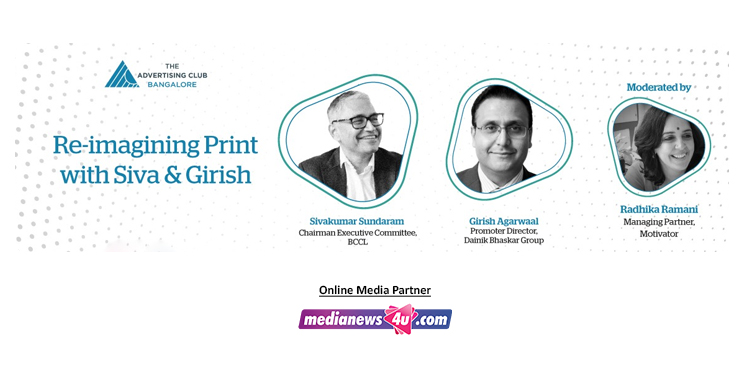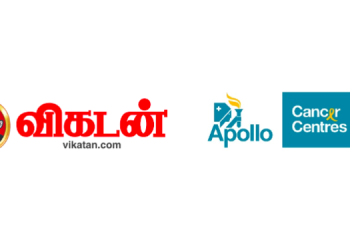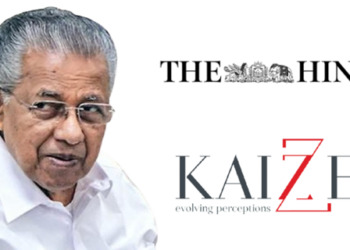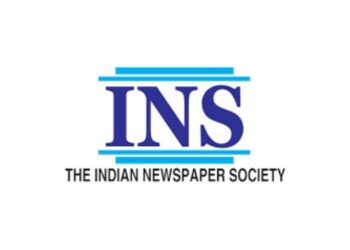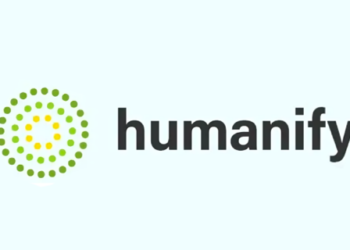The newspaper circulation in the country has come up to almost 70-75 percent, says Panel discussion hosted by The Advertising Club Bangalore. The 10th, in the ongoing webinar series hosted by The Advertising Club Bangalore witnessed an exclusive discussion on Re-imagining Print. The panelists were Sivakumar Sundaram, Chairman Executive Committee, BCCL and Girish Agarwal, Promoter Director of Dainik Bhaskar Group. The panel discussion was moderated by Radhika Ramani, Managing Partner, Motivator.
The webinar began with a Welcome by Sundar Kondur, Managing Committee member of Ad club Bangalore who welcomed the 300 plus Audience and the distinguished Speakers from India and Bharat. He formally introduced both the speakers and then handed over to Radhika Ramani, head of the Programs committee of Ad Club to begin the discussion.
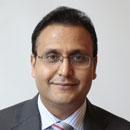
Radhika started the discussion with the question of how the Covid-19 crisis has impacted the newspaper circulation. Girish said, “The circulation of newspapers got impacted on the first week of lockdown. There were two reasons for this: one because of the national lockdown where people did not understand how to deliver the newspapers. The second reason is the rumors that were going rounds in social media on newspapers spreading the Covid-19 virus, which got clarified in a week. The circulation went down to 60-65 percent, and by April came up to almost 70-75 percent. By May-June, most of the Indian language newspapers crossed the mark of 80 percent mark. (Malayala Manorama has already reached 97 percent.) The remaining 20-25 percent copies that are yet to make a comeback because offices and Cash Selling points are closed. I am hopeful in a month, or two, these copies will also start picking up.”
According to Siva, COVID started as an urban phenomenon.
“Therefore, in the initial stages, we have seen a maximum impact in the major cities and have been lesser in non-urban centers. I want to address this issue in two ways: household copies and other institutional copies (in hotels, airlines, airports, etc.). I feel institutional copies are not so important, and it will take time as there is a lot of Work from Home happening. We are focusing on household copies, and a lot of work has been developed. We are doubling our copies, and we have crossed a 65 percent mark in circulation during the crisis. What we have found out is that the language papers got picked up during the Covid-19 crisis.”
The panel further moved on to discuss on the newsprint availability.

Siva said, “As a policy, we always maintain 45-75 days of the stock. We had developed good inventories, given the softening of prices happening over the last 18 months. At the beginning of April, we were almost 70-80 percent in stock.
He continued, “The noise around COVID started around November 2019. We never anticipated this kind of situation, and the first thing we wanted to ensure was on the newsprint stocks. We were well equipped, and the stocks were well distributed.”
“We believe in ‘Make in India,‘” said Girish. He added, “We take 50 percent from India, and the other 50 percent of the stock is imported. We publish newspapers from 65 locations. It was difficult in the initial two weeks to send newsprints to these markets; it was resolved. I want to stress that none of the newspaper organization in the country got shut down during the lockdown period.”
Commenting on the activities done to drive the advertising revenue, Girish said, “75 percent of the newspaper revenue is from advertising and 25 percent from circulation. We generally subsidize newspapers. During this COVID period, the volume of advertising was nil, and 75 percent of revenue went down to almost 10-30 percent. We were able to reduce the pages, and as a result, publishing cost came down, and subsidy came to zero. Because of these reasons, we were able to survive with the 10-30 percent revenue.”
Commenting on the subscription revenues, Siva said, “Our priority when lockdown started was to ensure that the copies are distributed. Yes, cash flows and revenues were equally important. In my opinion, there is a max out of circulation revenue. It is not that we can endlessly increase the subscription revenue if you increase the elasticity, dynamics change. We should start re-looking at our contents.”
He continued, “The Game is all about the audience and their attention. Therefore, the question is, what is that you are serving and the value of content. As the audience migrates from one platform to another, your content must be repurposed based on the intrinsic or native appeal. Thereby, you can stay relevant to the audience. So, I don’t think subscription revenue will grow in the future.”
Commenting on the local market connection that newspapers maintain, Girish said, “We deal with two kinds of advertisers- the national corporate clients and the local clients.
Narrating an example, Girish continued, “We handhold the local advertisers. But when it comes to national advertisers, they look at India as a homogenous market. In this COVID times, some local retailers have spoken to us, and we worked along with them and were able to bring their sales back to almost normal.”
Speaking on the broadsheet market’s evolution, Girish said, “We are in the business of assimilating the news and paper is a vehicle. Over time, the vehicle will change. The content remains constant, and we are working hard on that. A classic example is of The New York Times. They showed that people who read their print version also uses the digital version. There are about 6 Million Digital users. It’s all about content.”
Commenting on Broadsheet formats, Siva, “We are all enamoured by larger than life things. The broadsheet is more significant than life. The print is an environment, and consumers subconsciously use a situation to consume content. “
The panel further discussed on the content formats, platforms and how the media houses differentiate themselves with the other. Both the Panelists complimented The Adclub Bangalore for organizing the session and Radhika for the way she moderated it.
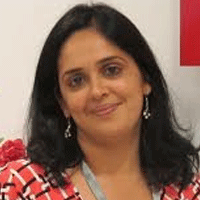
Summing up, Radhika Ramani Said “Credible, Trustworthy and (mostly) unbiased – there has not been a more important time for the medium of Print to be a part of our daily lives. Would not have thought it possible but this incredibly insightful session with Siva and Girish made me respect the industry and the people who work in it even more than I already did”
Sanchyeeta Verma, Past President of The Ad Club, proposed a formal vote of Thanks.

Arvind Kumar, Executive Director of The Adclub Bangalore said “The event was a huge success, with more than 300 participants on Zoom and Facebook Live. The webinar was hosted with the support of the Ad Club’s Managing Committee and Online Partners Medianews4u.com and AdGully.”
Those Who missed the event may view the recording on:
https://www.facebook.com/theadclubbangalore/videos/1896820730448425/

